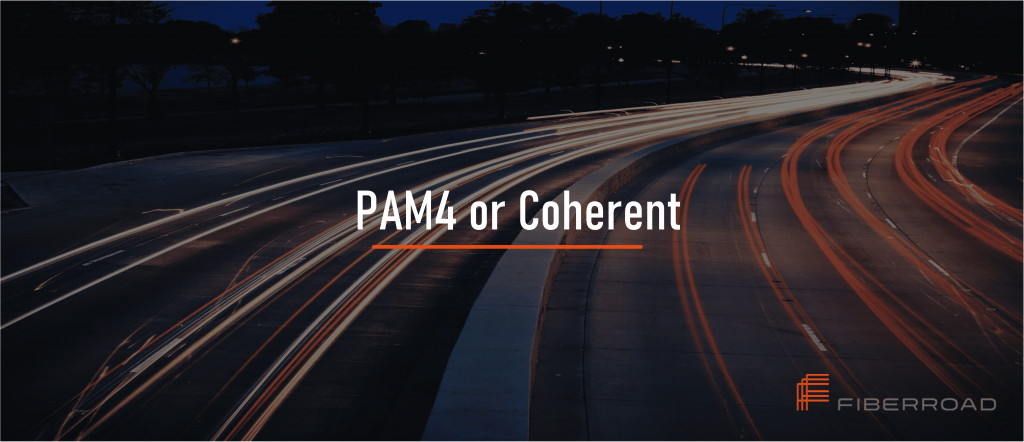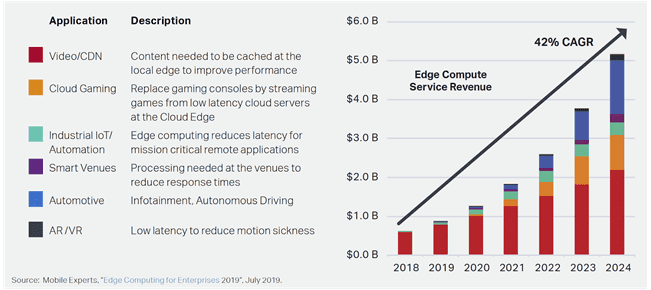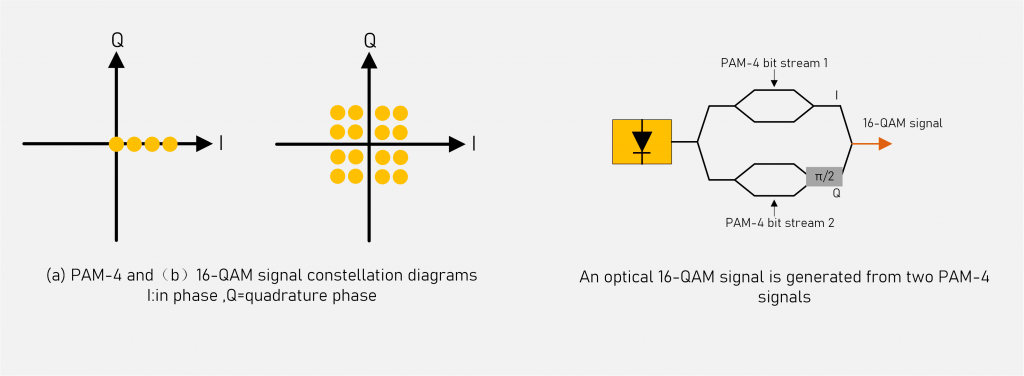
Connecting the Dots: Understanding Edge Data Center Interconnection
Edge data centers are smaller facilities located close to the populations they serve that deliver cloud computing resources and cached content to end-users. They typically connect to larger central data or multiple data centers. By processing data and services as close to the end-users as possible, edge computing allows organizations to reduce latency and improve the customer experience.

Latency has always been a problem for data center management, but in recent years, It has become a critical concern due to Big data, IoT, cloud and streaming services, and other technology trends. End users and devices demand anywhere, anytime access to applications, services, and data housed in today’s data centers, and latency is no longer tolerable. As a result, organizations across many industries are establishing edge data centers as a high-performance and cost-effective way to provide customers with content and functionality.
In a world that is increasingly reliant on high-speed internet, networks need 100G DWDM pluggable transceivers that can keep up with the demand — and scale as it grows. Previously, these connections used standard optical fiber technology, which works well for transmission rates up to 10G but cannot meet the needs of 100 gigabits (100G) internet.
100G Optical Transceivers
A 100-gigabit ethernet is becoming the industry standard for internet speed because it has the capability to transmit 100 gigabits of data per second — 25 gigabits across four lanes. It is used mostly in data centers or any application that needs long-distance switch-to-switch transmission.
The 100G optical transceivers have become an increasingly popular choice in networking because they can keep up with the demands of high-speed internet. CFP and CFP2 coherent optics and QSFP PAM4 optics are optical transceiver types within 100G models.
DWDM availability
Comparing PAM4 with coherent starts with understanding dense wavelength division multiplexing (DWDM), as the two are transceiver technologies used within this system.
PAM4 OPTICS pros and cons
PAM4 OPTICS pros and cons
Pulse amplitude modulation — or PAM4 optics — was created to respond to the need for optical transceivers for short-haul links. It uses four distinct pulse amplitudes to convey information. Each amplitude has two bits, which doubles the data rate and makes PAM4 two times more bandwidth efficient than conventional binary models.
Pros of PAM4
PAM4 is a leading solution in 100G optical transceivers because of its simplicity and low power consumption, which is crucial for short-haul optical systems. It offers the advantages of long-distance, which was not previously available, as well as cost-effectiveness. PAM4 can be used directly in the switch of an embedded DWDM network.
Cons of PAM4
One of its drawbacks is that the PAM4 optical transceiver requires amplification beyond five to six kilometers. In this case, you need a separate DWDM multiplexer equipped with dispersion compensation and an amplification system to connect the data centers. Plus, if you are using PAM4 optics with an existing DWDM network, you must first prep your DCM and amplification to avoid issues later on.
Another disadvantage is that PAM4 is susceptible to noise disruption. Its extra voltage levels require reduced level spacing, which results in a higher required signal-to-noise ratio. This is why PAM4 works best in a short-haul optical system.

COHERENT OPTICS pros and cons
Coherent optics are an efficient solution to provide more data faster, using digital signal processing (DSP), modulized amplitude, light phases and two polarizations. It has the capacity to reach transport speeds up to and beyond 100 gigabits, requiring only a single fiber pair to transmit terabits of data. It is usually used in long-haul applications because of its extensive distance capabilities.
Pros of COHERENT
Coherent optical transceivers are cost-effective and have more advantageous features compared to other transceivers. Its primary advantage is the built-in DSP chip and electronic dispersion compensation (EDC), which PAM4 does not have. This chip eliminates the need for separate DSP and dispersion compensation modules — instead using EDC to increase amplification.
Coherent optics allow for transmission distances of up to 1,000 kilometers, allowing for long-distance support without a third-party system. Using technology seen in radio communications, coherent optics can increase receiver sensitivity while maintaining selective tuning. This allows channel spacing to be close yet remain separate.
Cons of COHERENT
Though CFP and CFP2 digital coherent optics work with speed and efficiency, they use more power and have higher costs than other models. These drawbacks may affect total operating costs, which presents a challenge to businesses that need quality 100G DWDM pluggable transceivers within an economical budget.
Another disadvantage of coherent optics is that you will need two DSPs from the same vendor at each end of the link. Different DSPs cannot operate together, and in some cases, the line cards must also be the same.






